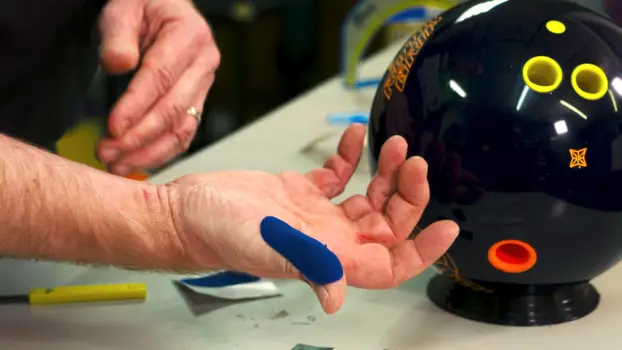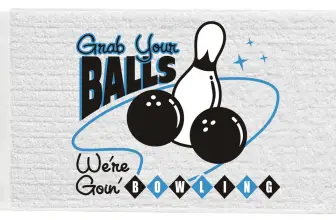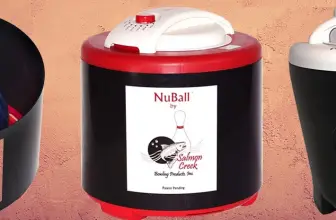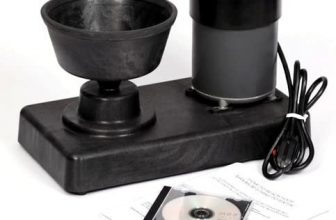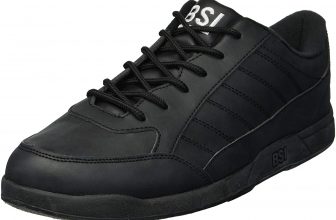Bowling tapes will help improve your thumb fit and release. To ensure the perfect fit, use the bowling tape. You won’t be stopped.
Both are extremely useful and you can choose from two kinds. You can choose between one that goes in your thumb hole or one that goes directly on your thumb. Both types of bowling tape can be useful but each has its own uses. This article will explain the advantages and differences between the tapes, as well as how you can use the bowling tap.
Want to skip ahead to a particular section?
What Are Bowling Tapes?
Bowling tapes are an indispensable tool in your bag. The tape’s original purpose was to protect your thumb against the scrapes and abrasions from multiple matches. It can be used in many situations, even those that are not familiar to bowlers. ): finger swell.
Your thumbs and fingers will grow as you bowl. Your finger holes will get larger due to this. After your fingers have warmed up properly, they will not fit in the holes. Poor shots can be the result.
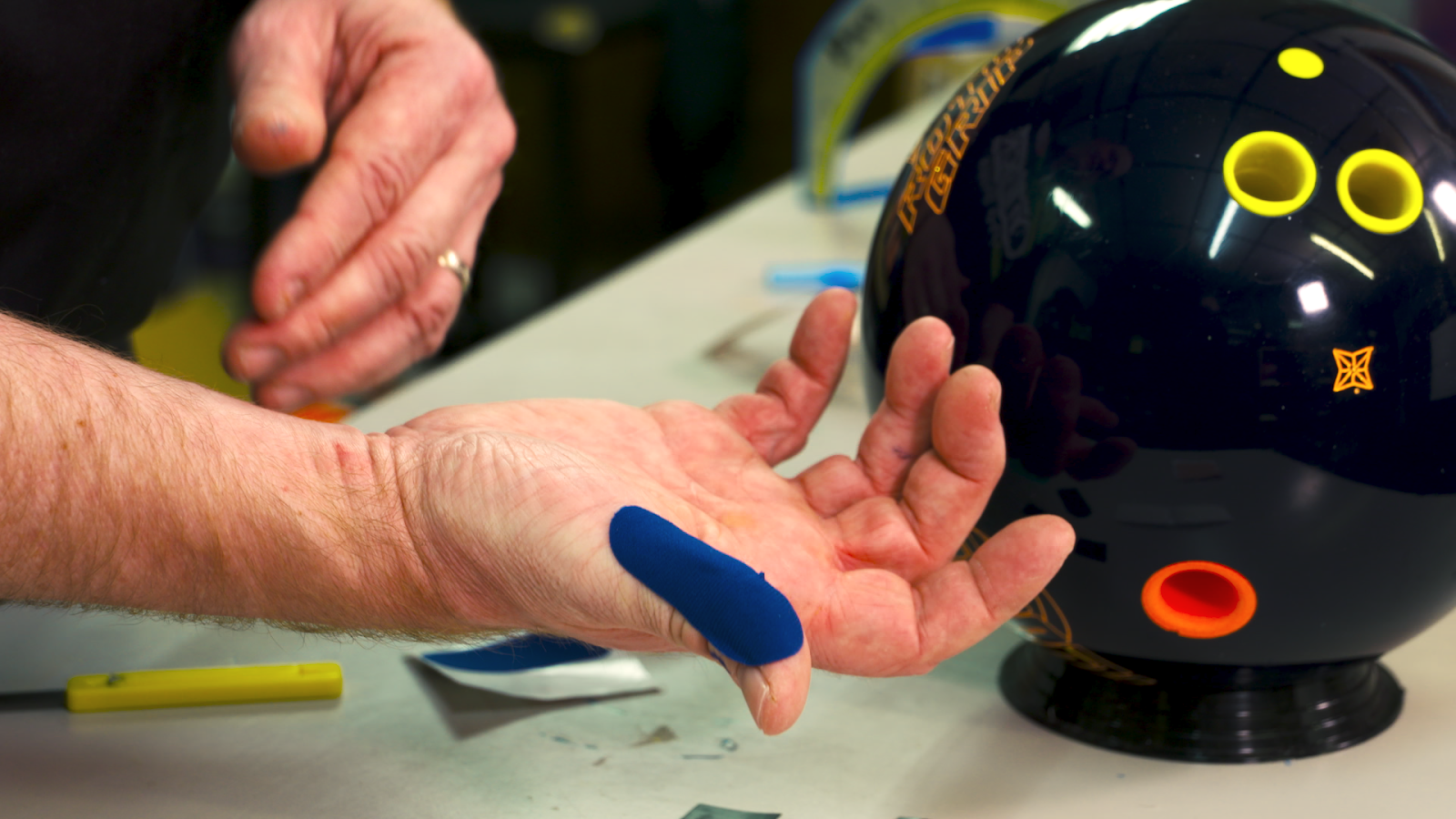
This is stopped by Bowler’s tape. This prevents artificial swelling from occurring by filling in the spaces between your thumb and fingers until they become warm enough. It can be purchased in thin strips which you can layer as needed to ensure your fingers stay snug.
This will allow you to make better shots and eliminate poor techniques when choosing your ball.
Why should you use bowling tape?
Many factors can influence the size of your fingers and hands. Temperature, food, diet, exercise, time spent using your hands, and (for bowlers) how often you use your hands can all play a role in how large your fingers are.
This is most obvious in the thumb, but it can happen to any finger. To reduce problems related to changing fingers, you can use bowling tape. It will fit your hands comfortably, regardless of how large they are.
What Types of Bowling Tape are There?
There are many types of bowling tape, each with its own purpose. Experimentation is your friend when it comes to choosing the right tape for you.
Textured Tape
Textured, also known as grip tape or white, provides more grip tape. You don’t need to worry about it sticking to your fingers, so you won’t be able to toss the ball into the ceiling tiles.
Textured tape comes in many textures, from very high grip to very low grip. Different textures are best for different hands, so you may try different types. You can choose from many different colors to avoid getting it mixed up.

There are many manufacturers who offer different qualities and thicknesses of textured tapes. They also have different life expectancies. As with everything, experimentation is key. It is possible that you won’t find the right product. You might not find the right product for you.
Slick Tape
Slick tape is exactly that. It’s smoother and provides less grip than textured. Slick tape is a thinner and more slippery version of the textured tape. It provides less grip.
You can use a variety of slick taps, so experimentation and creativity are key. Some skin types might stick to the slick tap rather than slide off as expected. This could cause more problems than just finger swelling.
- Protects skin from blisters, cuts, and irritations
- Fast release speed
- Improves Fit
- Country Of Origin: China
Last update on 2025-01-02 / Affiliate links / Images from Amazon Product Advertising API
You can replace your bowling slick by using an inexpensive roll of electrical tape. It will be similar in texture to the bowling tap but may not last as long. This is a crucial point to remember if you’re bowling with a limited budget.
Protective Tape
Protective tape is different than other bowling tapes. Protective tape is applied to your hands and not to the ball. Protects your skin from becoming worn and helps prevent finger swelling.
Protective tape is available in pre-cut lengths or can be made from scratch. No matter which option you choose, apply the tape beginning at the thumbnail. It should be stretched to the end of your big knuckle, so it doesn’t come loose and (B) it doesn’t roll up any objects you touch in the hole.
To fill in gaps caused by finger swelling, the protective tape may be less effective than textured tape or slick tape. Protective tape can be combined with other types to prevent abrasions or fill in any gaps.
What Are the Various Types of Thumb Tapes?
Tape In-Hole
In-hole tape sounds exactly the same as normal tape. It should be placed in the thumb hole. The thumbhole should be drilled in your ball.
Depending on many factors, the size and shape of your hole might vary. In-hole tape is the solution. This tape can be used for adjusting the thumb’s size.
Competitive and professional bowlers adjust their holes with tape. Sometimes, even during a game. For a reliable release, it is important to make sure your thumb hole fits properly.
There are two types. There are two types of in-hole tape: smooth, often black tape, and textured tape.
- package length: 2.54 cm
- package width: 7.366 cm
- package height: 8.89 cm
- product type: sporting goods
- Sport type: Bowling
Last update on 2025-01-02 / Affiliate links / Images from Amazon Product Advertising API
Textured tape is thicker than regular tape and lasts longer. It is usually placed on the thumb side.
If the rough-textured surface is not properly used, it can cause skin irritation such as calluses or blisters.
Insert your thumb and fingers into the ball. Note where your thumb meets the hole. This is the place where the thick, rough tape should be used.
Because it is thicker, you can use it where there is a large gap. Tape is only intended to be used one time. If the hole is too large, you can only use this tape once. Although thicker tape can sometimes be useful, a drilling re-drill may not always be necessary.
Smooth tape can be used in any thumbhole except the “palm side”. This tape is extremely thin and can be used for any size hole.
Your thumb will become thicker as you use the bowl. You can slightly drill your thumb hole. Your thumb hole doesn’t need to be too large. You might need to trim a few pieces or tape to get the perfect fit. To maintain a tight fit, you may have to trim some tape due to thumb swelling.
Tape for the Thumb
There are many types and styles of on-thumb tapping, but they all have the same purpose. Tape is applied directly to your thumb. You may prefer more tape or less depending on your preference. Depending on the bowler’s preference, the position of the thumb can vary. The tape should be applied to the thumb on the side closest to the index finger. This is the area on the thumb that should touch the thumb hole during a proper removal.
- Pre Cut Hada Patch
- Apply to the back of your thumb
- Gives you a clean & consistent release
- Feels better on your hand than your own skin
- 40 ct. Per Bag
Last update on 2025-01-02 / Affiliate links / Images from Amazon Product Advertising API
Your thumb’s skin may show signs of wear depending on how you play, sweat, and humidity. The tape on your thumb reduces uncertainty and allows you to concentrate on other aspects of your game.
There are many tapes on the market. They all do the same thing. There are many types of tapes available. Some tapes come pre-cut in rectangular-shaped strips, while others can be cut into continuous, reusable pieces. Bowlers, however, have different preferences.
How do you Apply Bowling Tape?
Tape In-Hole
Decide where the tape should go first. If it’s not snug enough but the fit isn’t perfect, but the tape is still in the hole, place the tape near my index finger. I will place more tape 180 degrees away from the original tape if the hole requires it. Next, I use my intuition and place the tape in the area that feels the most “loose”.
Once you’ve determined the location of where you want tape to go, you can use a fine-tipped instrument. For this purpose, you can use tools like the Ebonite multitool. You probably have the right tool at your home if you are only going to be applying the tape. A small screwdriver and a crochet hook are needed.
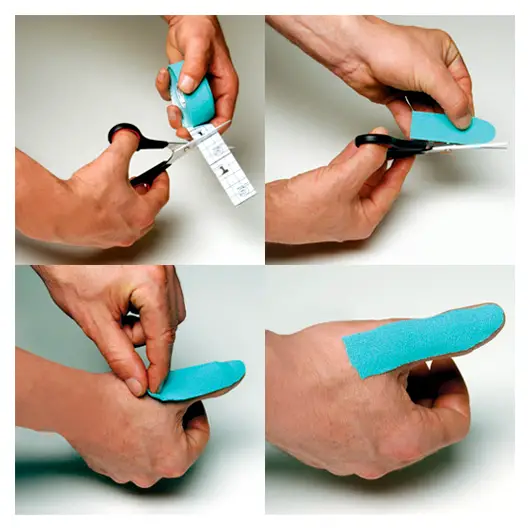
Place the strip in the hole. The tape’s round end should be below the hole’s edge. If the tape is too close to your ball, it can begin to peel. This can be frustrating and even dangerous.
After smoothing the tape, take the tool off and let it dry.
This process is applicable to all types of in-hole tape, including thin, thick, and smooth.
Tape For On-the-Thumb
Many bowlers have preferences about which tape they use, where it should be placed, how much tape to use (if you are using a roll), and how many pieces. Here’s a great place to start to discover your personal preferences.
Pre-cut Tape
You should place precut tape, such as the Vise Hada Patch Tape, on the backside of your thumb.
As best as you can, align the tape’s rounded end with your thumb.
Start at your thumb and apply the tape as smoothly as you can. Avoid wrinkles, bubbles, or other imperfections. It may become brittle or fall off if the is wrinkled, applied too slowly, or if it’s not properly applied.
Some people prefer to place one strip of tape on their thumb’s back and another on their thumb’s side.
You can play around with the number of strips and locations until you find the right setup.
Tape Uncut
From the roll, cut a piece of tape that measures approximately from your thumb’s base to your thumb’s tip. Most likely, around 2 inches.
To curve one end, cut it like your thumb.
As with pre-cut tapes, start at your thumb and smoothen the tape as much as you can. To extend the life of your tape, align it with your thumb. Some bowlers may replace their thumb tape several times during a game.
Turbo brand comes in a variety of colors to indicate the release speed.
The Types Of Bowling Tapes, How To Apply It F.A.Q.
- What is bowlers tape used for?
Bowling insert tape is used for the purpose of reshaping gripping holes and adjusting the holding force during the swing of your bowling ball. Because it improves your bowling game’s consistency, bowling tape is an essential addition to any bowler’s toolkit.
